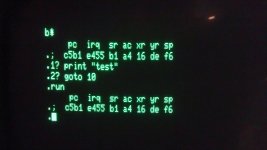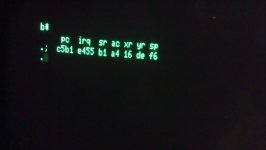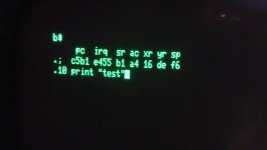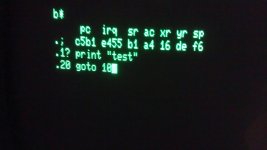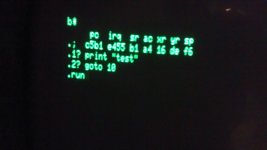Juleshsmith
Experienced Member
Actually Kevin, for me I think it may be learning "curb"... I feel like I'm still in the gutter! 
Ok, so I'm going to stage 2.
1) Remove and socket the 4 x video RAMs (2114) with known working vic 20 chips (ma poor vic :-( "taking one for the team")
2) Re-seat UA3 (video gen)
3) Turn back on and hope for a greeting...
Dave, I've added a few more pics re; garbaged screen. First one is with UA3 (char' gen) chip in, second UA4 chip removed. Does this tell you anything?
Added a picture of the board, not that you'd see anything obliviously wrong with it...
Getting outa the gutter and onto the "curve"

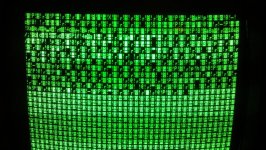

Ok, so I'm going to stage 2.
1) Remove and socket the 4 x video RAMs (2114) with known working vic 20 chips (ma poor vic :-( "taking one for the team")
2) Re-seat UA3 (video gen)
3) Turn back on and hope for a greeting...
Dave, I've added a few more pics re; garbaged screen. First one is with UA3 (char' gen) chip in, second UA4 chip removed. Does this tell you anything?
Added a picture of the board, not that you'd see anything obliviously wrong with it...
Getting outa the gutter and onto the "curve"




